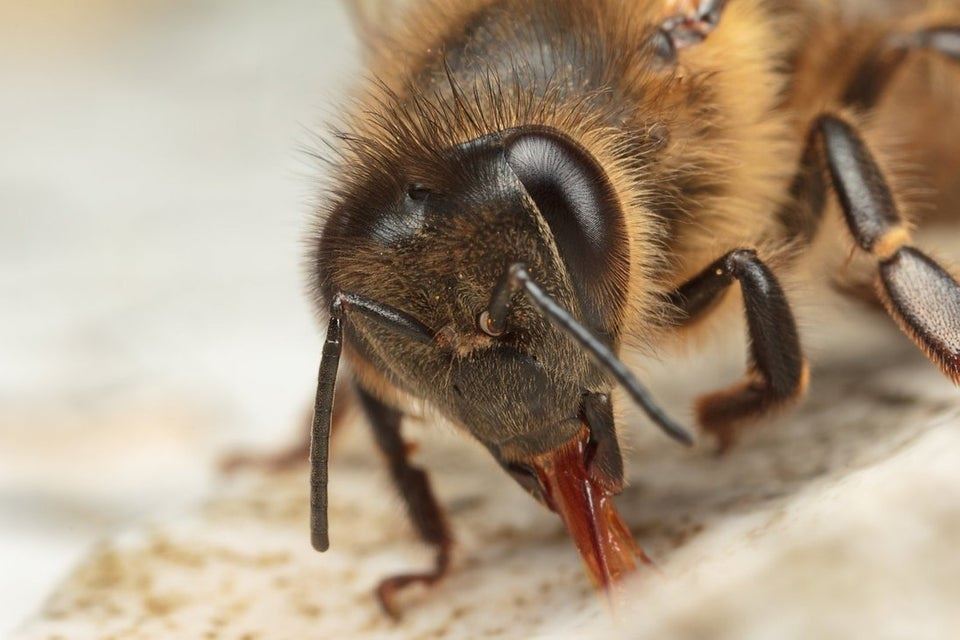|

JUNE IN A CENTRAL OREGON APIARY
Ah June. The month when the weather begins to at least partially fulfill summer’s promise in central Oregon. In the apiary, we beekeepers have mostly installed our nucs and done our splits and are anxiously watching to see if all goes well with them. Crossing our fingers that we haven’t messed too badly with the bees ability to fix our mistakes for us. I took 3 nucs from one hive over 3 weeks in May and that hive is still my strongest one. Probably soon to swarm.
Speaking of swarming, this year seems to be a light one for swarms. I don’t think any of my 3 hives that made it though the winter have swarmed yet. Hopefully, if you are concerned about reducing swarming, you have been checking your hives and keeping them supplied with empty frames to raise brood and store honey in. Its not too late to split a strong colony if you want to have another hive. Queens are getting easier to get in June too. Or, maybe your hive has swarm cells. A split can be a solution that will prevent you from loosing a swarm to the wind. But if you have swarm cells, you better move quickly. Typically, very soon after the new queen (swarm) cell is capped, the hive will swarm, then it is usually too late to split the colony this year.
Some people try to prevent swarming by cutting out swarm cells. It can be hard to go through a 16 or 20 frame Langstroth colony every 7 or 8 days for a month or 6 weeks and not miss any queen cells. The bees start to hide them. And, sometimes the hive will get impatient and swarm before a queen cell is capped, ruining all that planning and work by the bee keeper.
I haven’t yet received any calls this year to go collect a swarm, which is a bit unusual. Maybe I just haven’t been lucky enough to be at the top of the COBKA swarm list yet. Or, maybe the hard winter has reduced the number of hives locally so there are fewer swarms this year.
I would be remiss not to remind you that it is important to start doing mite counts on your hives in June sometime if you haven’t already. I like doing a regular monthly count of the mites, through the summer, using either a powdered sugar roll, or alcohol wash of 300 bees. I think it is essential to the continued good health of my hive(s). If I find from 6 to 9 mites, or less, in 300 bees (2-3%) early in the year (June) I may treat the hive. If I find more than 9 mites per 300 bees I definitely treat to reduce the mite load and lessen the problems that can be caused by high mite populations. There are a number treatments available. Mite Away Quick Strips, Formic Pro, Apivar, Hop Guard, Apiguard, to name a few. Each has it’s own manufacturer recommended application method and safety recommendations to protect the beekeeper, queen & colony. If you aren’t familiar with, and comfortable with, any of these I recommend you do some reading or talk to an experienced beekeeper or preferably both before you attempt to treat your hive. And, write down the results of your counts for later reference. It’s nice to be able to look back at the end of the summer and see whether your efforts to control your mite load and keep your colony healthy have been successful. Trying to remember later can be challenging. (At least for me.) Doing a followup mite count after a treatment is complete helps too, to see if you have accomplished your mite reduction goal.
An excellent source of information for managing varroa mites is the Honey Bee Health Coalition.
I have had some success using VSH (Varroa Sensitive Hygiene) queens to requeen my colonies. I think this has reduced the mite count on some hives but not all. So, its not a silver bullet. I still have to treat most hives at least once if not more, during the summer.
Central Oregon Beekeepers Association meets monthly to help you and me get our questions answered and enjoy the company of people who find bees and beekeeping fascinating. Hope to see you there. You don’t have to be a member to attend, give it a try.
It’s great to watch the bees go about their business every day. They are amazing creatures.
Thanks to Dennis Gallagher for writing this month's notes!